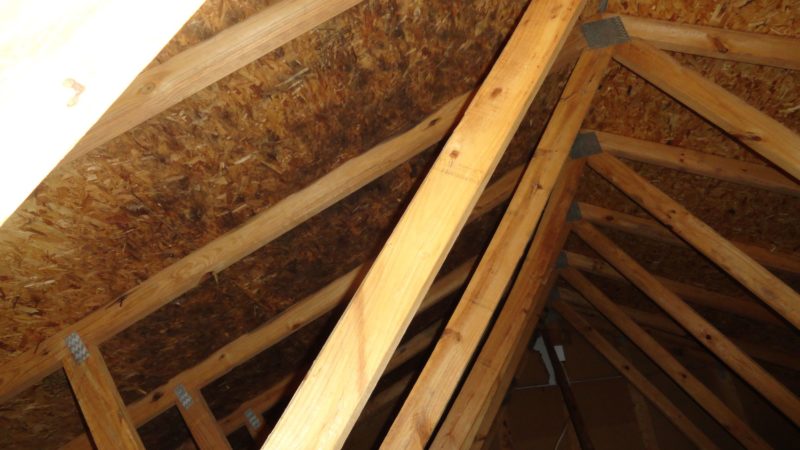Attic mold left unchecked can grow and lead to structural deterioration of attic sheathing and roof structural elements.
Mold on underside of roof sheathing.
Mold that grows on the underside of roof sheathing due to ideal mold growth conditions being present.
The effects of mold exposure depend on your health and the amount of mold you re exposed to.
Welcome to mold help for you.
This occurs when the temperature of the sheathing drops below the dew point creating a thin layer of moisture on the substrate.
Mold growth on attic roof sheathing is a common issue in cool climates such as the pacific northwest.
Mold can form but often it is.
Mold on the underside of roof sheathing is also very common.
Generally tearing off a roof and roof sheathing and perhaps roof framing to remove mold would not be sensible nor cost justified.
If your state doesn t allow you to take a sample to send to a lab recommend testing by a certified mold assessor.
The presence of mold in your attic is often the result of poor ventilation insufficient insulation moisture from a roof leak or improper venting from your bathrooms or kitchen.
Frost buildup on the underside of the roof sheathing in winter.
Mold growth provided it is not just cosmetic mold which can simply be left alone can be cleaned from wood surfaces by blasting scrubbing or even simple surface wiping depending on the surface accessibility and smoothness.
When it s cold enough outside water vapor in an attic with improper ventilation can freeze on the underside of your roof.
Increasingly homeowners in the pacific northwest are noticing mold on the underside of their roof sheathing.
Attic insulation incorrectly installed and blocking soffit vents on north side of home.
Mold must be removed from attic sheathing because the spores can cause serious health problems.
In the vast majority of cases the mold growth is caused by condensation.
Appears due to this incorrect installation mold is forming on the underside of the roof sheathing.
After several years of this there may be dark rings around protruding roofing nails and larger dark spots or areas on the roof sheathing and or exterior gable walls.
While this is easy to spot by the time you see it mold may have already begun to grow.

